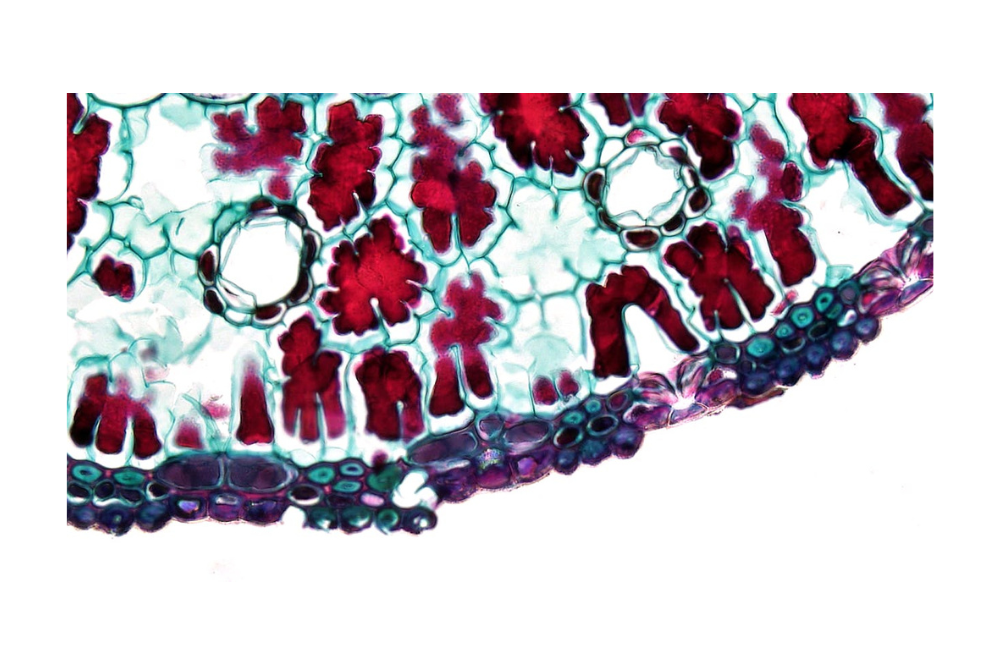Shopping cart
Your cart empty!
Terms of use dolor sit amet consectetur, adipisicing elit. Recusandae provident ullam aperiam quo ad non corrupti sit vel quam repellat ipsa quod sed, repellendus adipisci, ducimus ea modi odio assumenda.
Lorem ipsum dolor sit amet consectetur adipisicing elit. Sequi, cum esse possimus officiis amet ea voluptatibus libero! Dolorum assumenda esse, deserunt ipsum ad iusto! Praesentium error nobis tenetur at, quis nostrum facere excepturi architecto totam.
Lorem ipsum dolor sit amet consectetur adipisicing elit. Inventore, soluta alias eaque modi ipsum sint iusto fugiat vero velit rerum.
Sequi, cum esse possimus officiis amet ea voluptatibus libero! Dolorum assumenda esse, deserunt ipsum ad iusto! Praesentium error nobis tenetur at, quis nostrum facere excepturi architecto totam.
Lorem ipsum dolor sit amet consectetur adipisicing elit. Inventore, soluta alias eaque modi ipsum sint iusto fugiat vero velit rerum.
Dolor sit amet consectetur adipisicing elit. Sequi, cum esse possimus officiis amet ea voluptatibus libero! Dolorum assumenda esse, deserunt ipsum ad iusto! Praesentium error nobis tenetur at, quis nostrum facere excepturi architecto totam.
Lorem ipsum dolor sit amet consectetur adipisicing elit. Inventore, soluta alias eaque modi ipsum sint iusto fugiat vero velit rerum.
Sit amet consectetur adipisicing elit. Sequi, cum esse possimus officiis amet ea voluptatibus libero! Dolorum assumenda esse, deserunt ipsum ad iusto! Praesentium error nobis tenetur at, quis nostrum facere excepturi architecto totam.
Lorem ipsum dolor sit amet consectetur adipisicing elit. Inventore, soluta alias eaque modi ipsum sint iusto fugiat vero velit rerum.
Do you agree to our terms? Sign up

Amid ongoing discussions to tighten regulations around artificial ingredients, the U.S. Food and Drug Administration (FDA) is considering a potential ban on a specific red food dye. In response to a formal request, the FDA is reviewing the petition concerning Red No. 3, a red food coloring approved under the Federal Food, Drug, and Cosmetic (FD&C) Act. This petroleum-based dye imparts a bright cherry-red hue to foods.
Global Differences in Food Additive Legislation
Food additive regulations vary across countries. Authorities assess the safety and quality of additives, including colorants, to determine their use in food. However, differences in assessment methods, cultural attitudes, and regulatory priorities often lead to contrasting conclusions.
Categories of Food Coloring
Food colorants are broadly classified as either artificial or natural. Natural colors come from plant, animal, or mineral sources, while artificial colors are synthetically produced and added during food processing, altering the product's natural coloration.
Food Additive Laws Around the World
In the U.S., the FD&C Act governs food additives and those approved by the FDA. The European Union (EU) has specific regulations detailing food additives' requirements and approval processes. Japan’s Food Sanitation Act and Singapore’s food safety assessments also govern food additive usage.
Reevaluation of Food Additives
Regulatory bodies continually review food additives, even after they are approved. In the EU, the European Food Safety Authority (EFSA) is re-evaluating food additives authorized before 2009, with over 70% of the 315 additives already reviewed. The Food Safety and Standards Authority of India is also amending its regulations regarding food additives.
FDA’s Review of Red No. 3
The FDA is currently examining a petition to repeal the color additive regulations for Red No. 3 in food and drugs. The decision on whether Red No. 3 will remain in food products is influenced by the Delaney Clause of the FD&C Act, which mandates the ban of additives shown to cause cancer in humans or animals.
However, color additives are treated differently from other food additives under the Act. The FDA requires pre-market approval for color additives like Red No. 3, and it only permits its use from certified batches that meet strict purity standards.
In 1990, the FDA denied a petition to authorize Red No. 3 for cosmetics and topical drugs due to evidence of animal carcinogenicity. Despite this, the dye continued to be approved for use in food and ingested drugs, as the cancer-causing effects observed in animals were deemed irrelevant to humans.
The FDA continues to review safety and toxicology data on color additives to ensure their ongoing safety for public consumption. The agency is expected to make a regulatory determination on Red No. 3 soon.